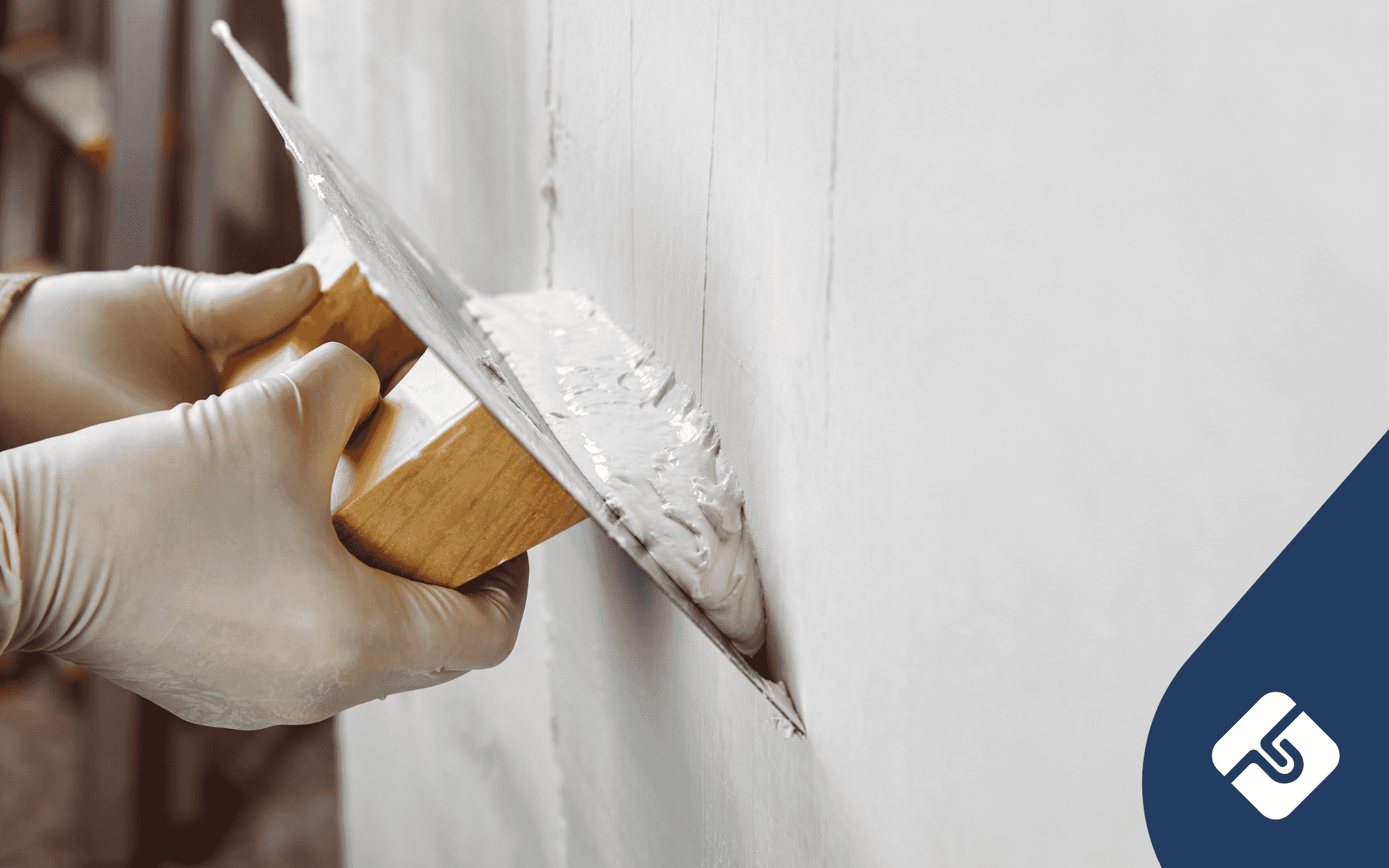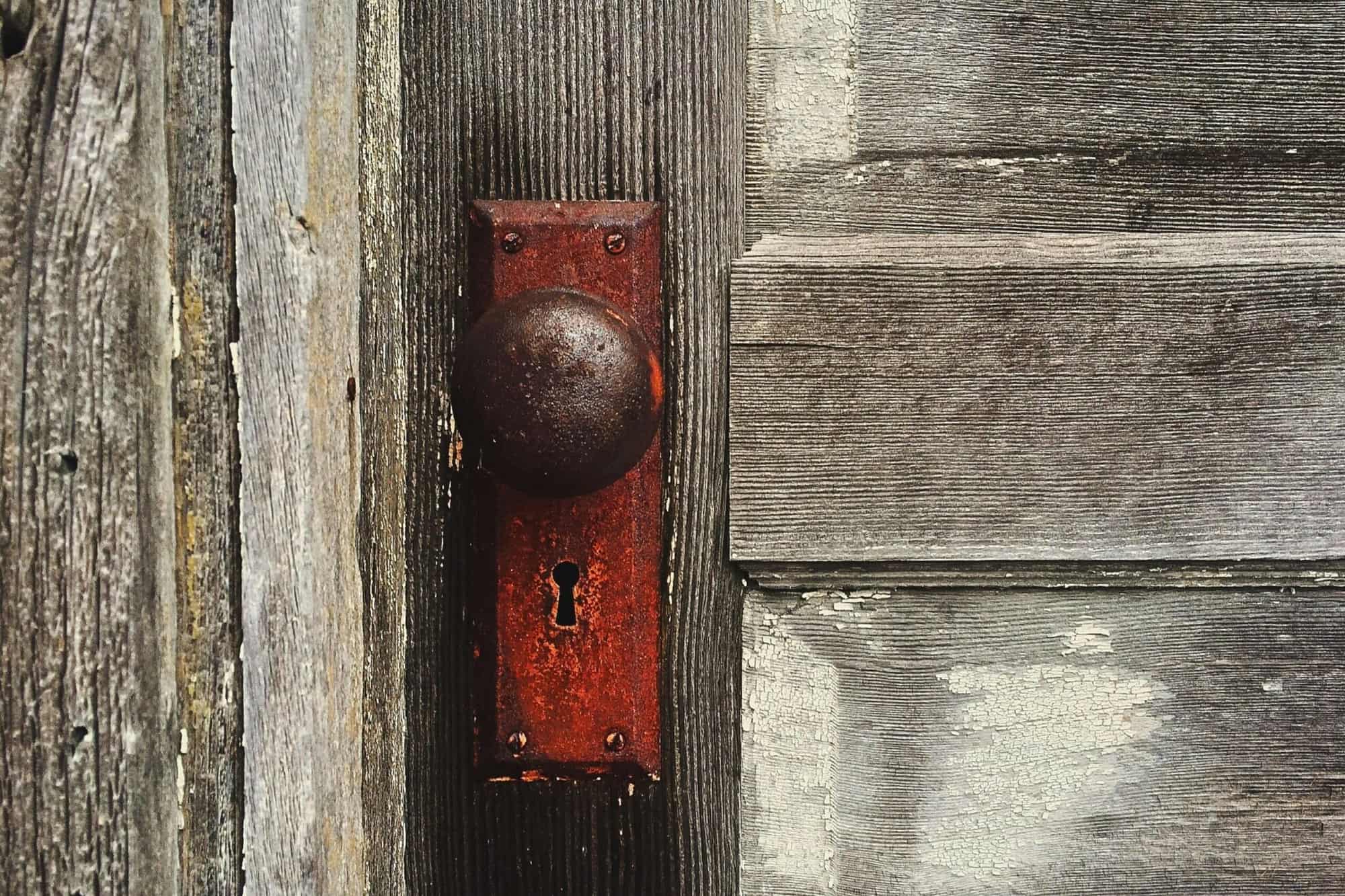If you are wondering how to start a plastering business in Australia, it’s a timely question. Demand for plastering is robust across housing construction, renovations, and commercial fit-outs. With continued growth in both new builds and the home renovation market, skilled plasterers have ample opportunity to step out and build their own enterprise.
But going out on your own isn’t just about trowels and gyprock. It’s just as much about ticking the right compliance boxes: getting licensed, insured, and protected from day one.
That’s where Lawpath helps you register and protect your business from the start, making legal set-up straightforward and secure. With this guide, you should be headed in the right direction toward full business compliance.
Table of Contents
What is a plastering business?
A plastering business provides specialist building finishing services, including both “wet” plastering (solid plaster/render, internal and external walls) and “dry” plastering (plasterboard/gyprock installation and finishing).
Plastering business requirements can span residential patch-up jobs, full refits, decorative cornices, fireproof cladding, and major commercial works.
While plastering is a licensed skilled trade, you can build a successful, scalable business in plastering. There are various opportunities to specialise, diversify, build a team, and subcontract depending on your skillset and growth objectives.
Why start a plastering company in Australia?
There are strong benefits to starting your own business rather than working as an employee. You will enjoy flexible work, significant earning potential, and the freedom to build your personal reputation and drive business growth.
Plastering demand rises and falls with Australia’s construction and renovation cycles. Right now, many tradies are reporting steady demand, especially in metro areas and growing regional hubs. For example, on Reddit’s r/AusRenovation, one user put it simply: “Renos are non-stop, especially post-lockdown — booked out for weeks”.
For many, going solo is a chance to control their jobs, earnings, and work-life balance.
Step-by-step guide to starting a plastering business
Do you think that running your own business may be the right choice? Here is how the plastering business setup works.
1. Choose the Right Business Structure
You will need to decide on a business structure before you do anything else. Consider whether you will operate as one of the following.
- A sole trader is someone who owns and operates a business under their personal name.
- A partnership is when two or more people come together to form a business.
- A company is when you register your business as a separate entity from your personal affairs.
You should contemplate which structure will work best for your business goals. It is important to know what the legal ramifications are of each structure and how they can affect your operations.
Sole trader vs company – which makes sense starting out?
Most solo plasterers in Australia kick off as sole traders. This is the simplest, cheapest option, with easy setup and basic compliance. It suits those starting small or looking for minimal paperwork and lower costs.
A company (Pty Ltd), on the other hand, offers more legal protection and is better for future growth, especially if hiring staff or taking on major contracts.
When to upgrade to Pty Ltd for growth
Trading as a company brings credibility, protects personal assets, and unlocks more lucrative commercial work. One Reddit user shared, “Started as a sole trader for the cost, but went Pty Ltd when the bigger jobs started coming in and the risk got real.”
Lawpath can guide you through the transition and registration process at every stage.
2. Register your business
Whether you choose to go solo or start a company, you’ll need to register for a few things in order to make your business official. For instance, you’ll need:
- A business name, unless operating under your own
- An Australian Business Number (ABN) to help the Australian Tax Office (ATO) and customers identify your business
- To register your business as a company (ACN) so you can benefit from limited liability
- To register for your tax requirements
- All the relevant licences or permits
Get an ABN and register a business name
An ABN is mandatory for any business and is easy to obtain online or through an agent. You’ll also need to register your business name with ASIC if trading under anything other than your personal name. This is necessary for quoting, invoicing, and client trust.
Register for GST when turnover exceeds $75,000
In addition to an ABN and business name, even if you’re a sole trader, you’ll need to think about GST registration. It becomes compulsory once your turnover exceeds $75,000 per year. Many plasterers start below this threshold, but should register early if aiming to scale.
3. Obtain the right licensing and permits
Plasterers must be licensed to operate in Australia legally, and the requirements vary by state. For example, in NSW, you need a licence for any work that is valued at more than $5000 (including GST) in labour and materials.
To operate your plastering business, you will need to acquire either a contractor licence or a qualified supervisor certificate. A contractor licence allows you to contract and advertise your skills. Meanwhile, with a qualified supervisor certificate, you can supervise and do the work described on your certificate.
There are two primary types of plastering governed under different types of permits. Check carefully which set of regulations applies to you.
Dry plastering
Dry plastering, as per schedule 4 of the Home Building Regulation 2014, is the internal installation of rigid building sheeting or boards, which are made of gypsum plaster set between and bonded to outer covers of cardboard.
Dry plastering includes:
- installing fibrous plaster;
- sheeting, boards, fibrous cement sheeting or boards;
- cornices, and
- false and suspended ceilings (not including work that provides structural support).
The qualifications needed for this can include:
- Certificate III in Wall and Ceiling Lining;
- Certificate Ill in General Construction (Wall and Ceiling Lining);
- Certificate Ill in Plastering Fibrous and Plasterboard; or
- Certificate III in Fibrous Plaster and Plasterboard.
Wet plastering
Wet plastering means applying a mixture of lime, cement, or gypsum plaster and/or sand and water to cover internal or external walls and ceilings, which harden when dry. As with dry plastering, Schedule 4 of the Home Building Regulation 2014 outlines the requirements for wet plastering.
The qualifications needed for this can include:
- Certificate III in Solid Plastering
- Certificate III in General Construction (Solid Plastering);
- Certificate III in Plastering Solid Trade
Licences by state
Plastering licenses are mandatory but vary considerably by state. Here are some examples.
- NSW: Must hold a licence for residential plastering over $5,000 (labour and materials).
- QLD: Plasterer’s licence needed for work above $3,300 through QBCC.
- VIC: Registration with the VBA for work over $10,000; Certificate III in Solid Plastering is usually required.
- WA: Licence required for jobs over $20,000, issued by the Department of Mines, Industry Regulation and Safety.
Always check with the relevant regulator in your state. Non-compliance can bring major fines and loss of work.
Industry memberships for credibility
In addition to formal licenses and certificates, consider joining bodies like the Housing Industry Association (HIA) or Master Builders Australia. Belonging to these organisations adds credibility and provides opportunities for networking. Sometimes, it can also be a requirement for contracts or site access.
4. Protect yourself with insurance and legal documents
Insurance is another critical step when setting up your business. Having the right insurance for your business can protect you and your business from legal action and help you and your workers in case of injuries or business disruptions.
Public liability insurance is essential
No plastering business should trade without public liability insurance. This protects against accidents, injury, or property damage. Many building sites and private clients will insist on a certificate of currency before awarding work.
Other protective cover (income protection, workers’ comp)
Other protective cover is a crucial part of managing risk and securing a plastering business beyond the essentials of public liability insurance. You’ll need:
- Workers’ compensation insurance: mandatory if hiring employees
- Income protection insurance: a smart safety net for sole traders and small business owners
- Tools and equipment insurance
- Business interruption insurance: covers loss of income and expenses due to uncontrollable disruptions
- Personal accident and illness insurance: important in case of long-term illness or injury.
Key legal documents
To get up and running, you’ll also need several legal documents that protect your business and ensure compliance. Here are some essentials:
- A Services Agreement outlines the services you provide so that your customers know what to expect.
- An Employment Agreement outlines an employee’s responsibilities and their obligations to your business.
- A Sub-Contractor Agreement can be useful if you need to employ another business or sole trader when operating your business.
Use clear written agreements for every job: service contracts, subcontractor agreements, and solid, plain-English terms and conditions.
Lawpath provides affordable templates for small businesses looking to keep their legal documents in order from day one.
5. Plan your finances and equipment
Once the legalities are taken care of, it’s crucial to thoroughly plan the business side of things. Excellent planning will often lead to success. Using your research, you should develop a formal business plan to guide your business. This might include your:
- Business objectives and goals
- Business structure
- Target market
- Competition
- Financial forecasts
- Marketing strategy
“Anticipate patchy workload, so always keep cash aside for slow periods,” suggests a seasoned poster on Trade forums. A detailed business plan and cashflow forecast help anticipate costs and map out steady growth.
Equipment: buy vs hire
When it comes to equipment, your basic start-up kit should include essentials like trowels, hawks, mixing drills, plasterboard lifters, saws, a variety of hand tools, dust masks, and safety gear to ensure both efficiency and safety on site. Additionally, a reliable van or ute is critical for transporting materials and tools to different job sites.
It’s a good idea to hire larger, more expensive equipment, such as scaffolding and mixers, until your business volume picks up. This can help keep initial costs down.
Remember that you can write off equipment-related expenses during the tax season, so make sure to keep track of your purchases and retain all receipts!
Set Up Accounting and Banking Early
From day one, it’s important to separate personal and business finances to maintain accurate records and comply with tax regulations. Opening a dedicated business account helps keep your income and expenses organised.
Pair this with reliable accounting software like Xero or QuickBooks, which can simplify tracking GST, managing invoices, capturing receipts, and keeping on top of expenses.
6. Market your business and win clients
Now, all you need to have a successful business is customers. For this, you’ll need a solid marketing plan.
Referrals and reputation are everything
While marketing is crucial, most plasterers grow through word-of-mouth: “My first ten jobs all came from mates in the trade — network hard and the work keeps coming,” says one business owner on plastering forums.
Build a reputation for reliability and finish.
Online presence and social proof
Of course, you’ll also need to set up your online presence both on social media and by building a website. Don’t forget the legal details of launching your site, though. For example, you’ll need website terms and conditions to ensure that your customers are safe.
Register with Google Business and leading trade directories (HiPages, ServiceSeeking, Airtasker) so it’s easy for customers to find you. And remember, positive reviews are currency — prompt clients to leave testimonials on every job.
How Much Does it Cost to Start a Plastering Business?
Setting up a plastering business sounds demanding, but realistic. That said, an important question remains: how much does it cost? The figure will be different for everyone, but you should budget at least $10,000–$20,000, depending on the setup scale.
Here are expenses to consider:
- Business registration and licensing: $600–$2,000 (state fees, ABN, name, Certificate III)
- Insurance (public liability, etc.): $500–$2,500 per year
- Tools and equipment: $4,000–$8,000
- Vehicle (ute/van): $5,000–$15,000 (can use personal to start)
- Initial marketing/set-up: $500–$2,000
Don’t forget about ongoing plastering business costs. You’ll need to think about insurance renewals and accounting, like preparing business activity statements (BAS), business membership fees, consumable supplies, equipment maintenance, and vehicle costs.
FAQ
What licence do I need to start a plastering business in Australia?
You’ll need a state-based plastering licence for jobs valued over the regulatory threshold (ranging from $3,300 in QLD to $20,000 in WA); check with your state’s authority for specific details.
Do I need a Certificate III to run a plastering business?
Yes, a Certificate III in Solid Plastering is required in most states for business licensing, though experienced hands can sometimes qualify via RPL (Recognition of Prior Learning).
Can I start as a sole trader and later switch to a company?
Absolutely!. You can register as a sole trader to minimise set-up costs, then move to a company structure as your business and risk exposure increase.
Hit the ground running with a solid legal set-up
Starting a plastering business in Australia is a genuine opportunity for skilled tradies ready to claim steady work and income independence. Success comes from getting the compliance side sorted early — think licences, insurance, and sound contracts — and building a reputation for reliability and quality.
Lawpath is your ally, making business registration and legal protection simple for plasterers from day one. We’ll help you start your business the right way, every time!





